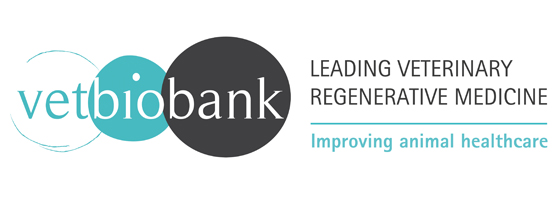Adipose-derived stem cells (ADSCs) have been shown to induce wound-healing effects. Because inflammation near the wound area induces oxygen deficiency, it is interesting to elucidate the effect of hypoxia on the function of ADSCs. In this work, we asked: (1) does hypoxia alter the wound-healing function of ADSCs? and (2) what are the major factors responsible for the alteration in the wound-healing function? Effect of hypoxia on the proliferation of ADSCs was first examined that hypoxia (2% O(2)) enhanced the proliferation of ADSCs in either the presence of serum or in the absence of serum. The conditioned medium of ADSCs harvested under hypoxia (hypoCM) significantly promoted collagen synthesis and the migration of human dermal fibroblasts, compared with that in normoxia (norCM). In the animal studies, hypoCM significantly reduced the wound area compared with norCM. Furthermore, mRNA and protein measurements showed that hypoxia up-regulated growth factors such as vascular endothelial growth factor (VEGF) and basic fibroblast growth factor (bFGF). Inhibition of VEGF and bFGF using neutralizing antibodies reversed the migration of the wounded human dermal fibroblasts and the healing of wounds in animal experiment. Collectively, these results suggest that hypoxia increases the proliferation of ADSCs and enhances the wound-healing function of ADSCs, at least partly, by up-regulating the secretion of VEGF and bFGF.













